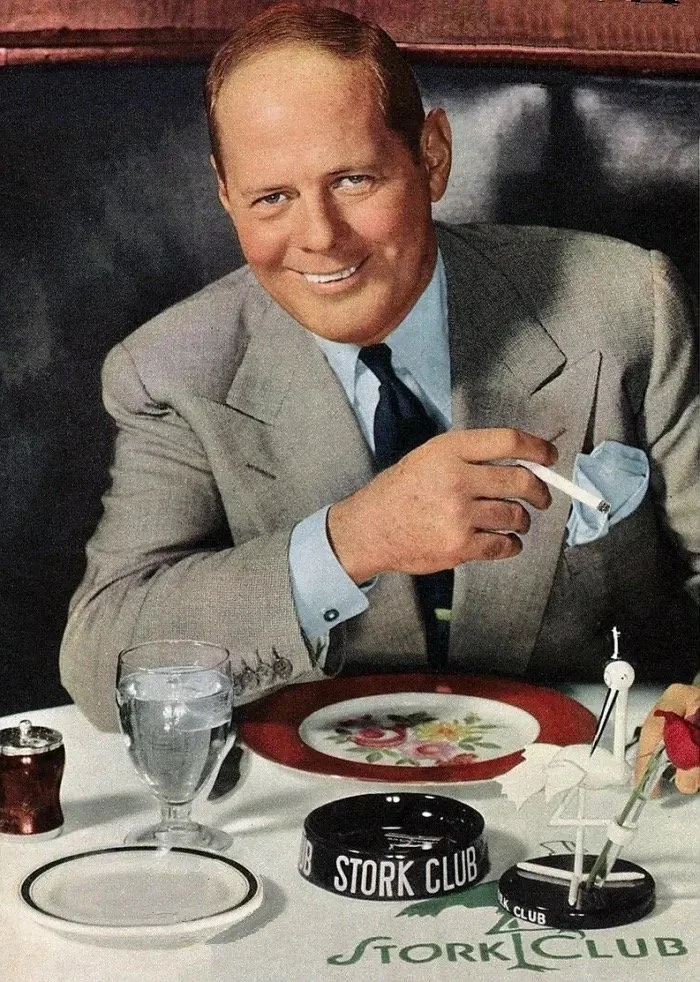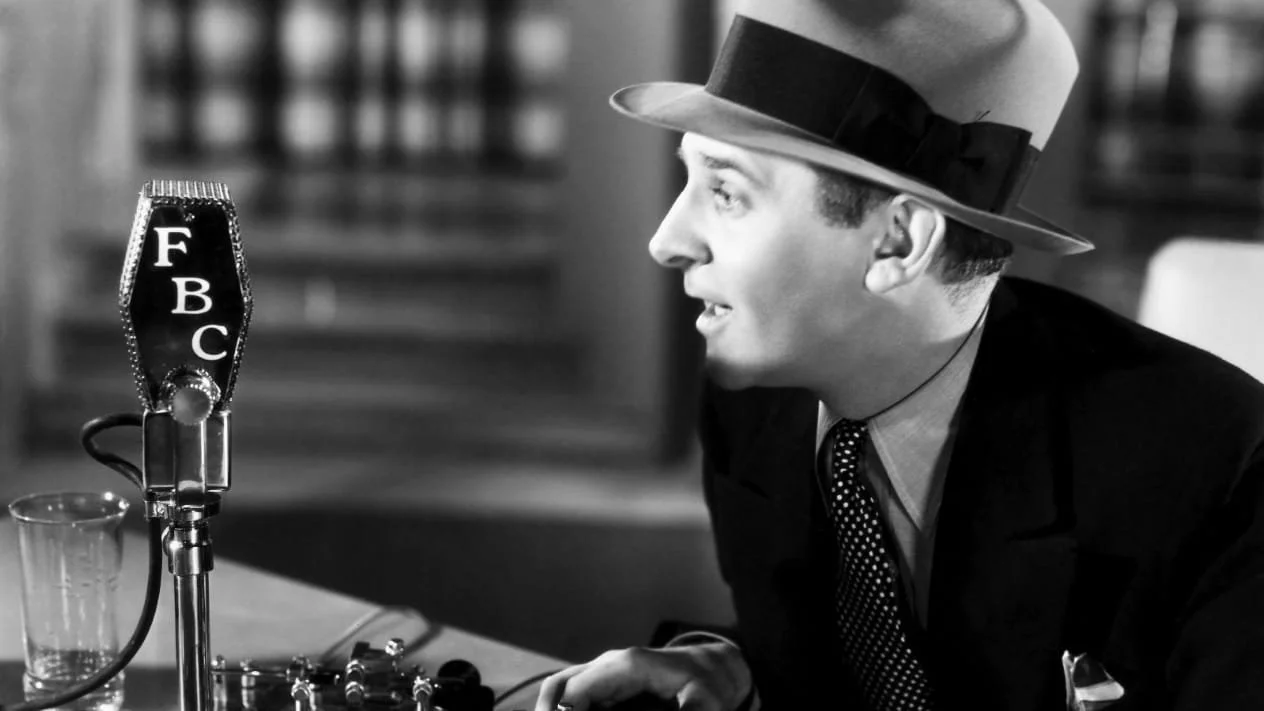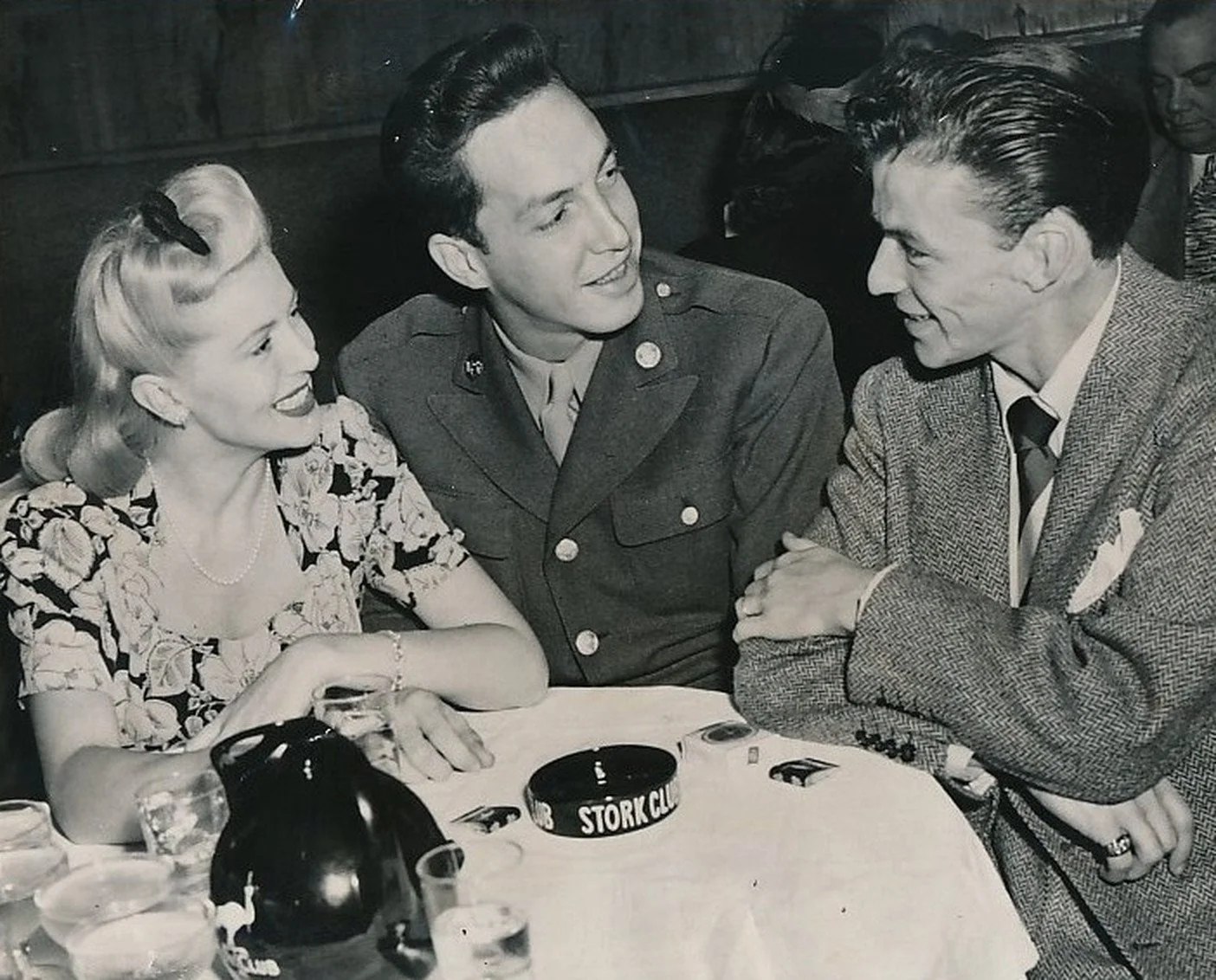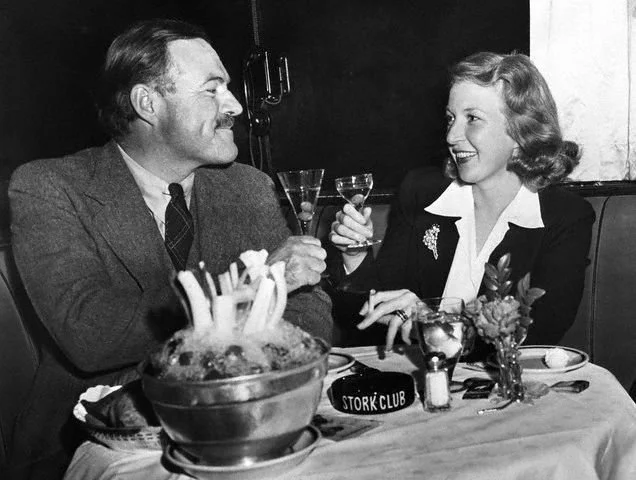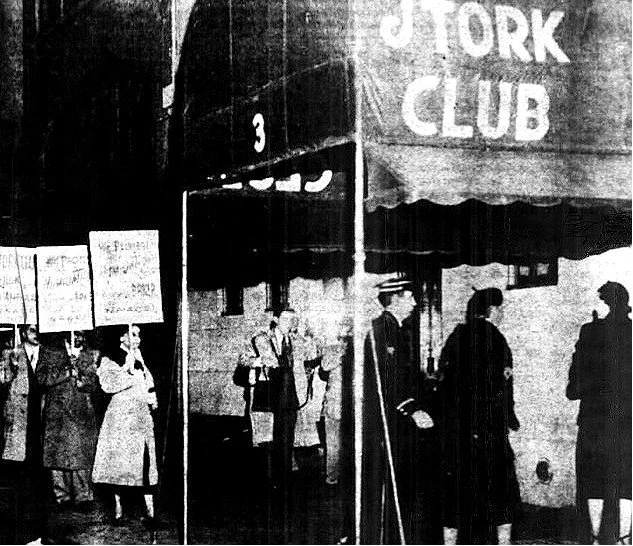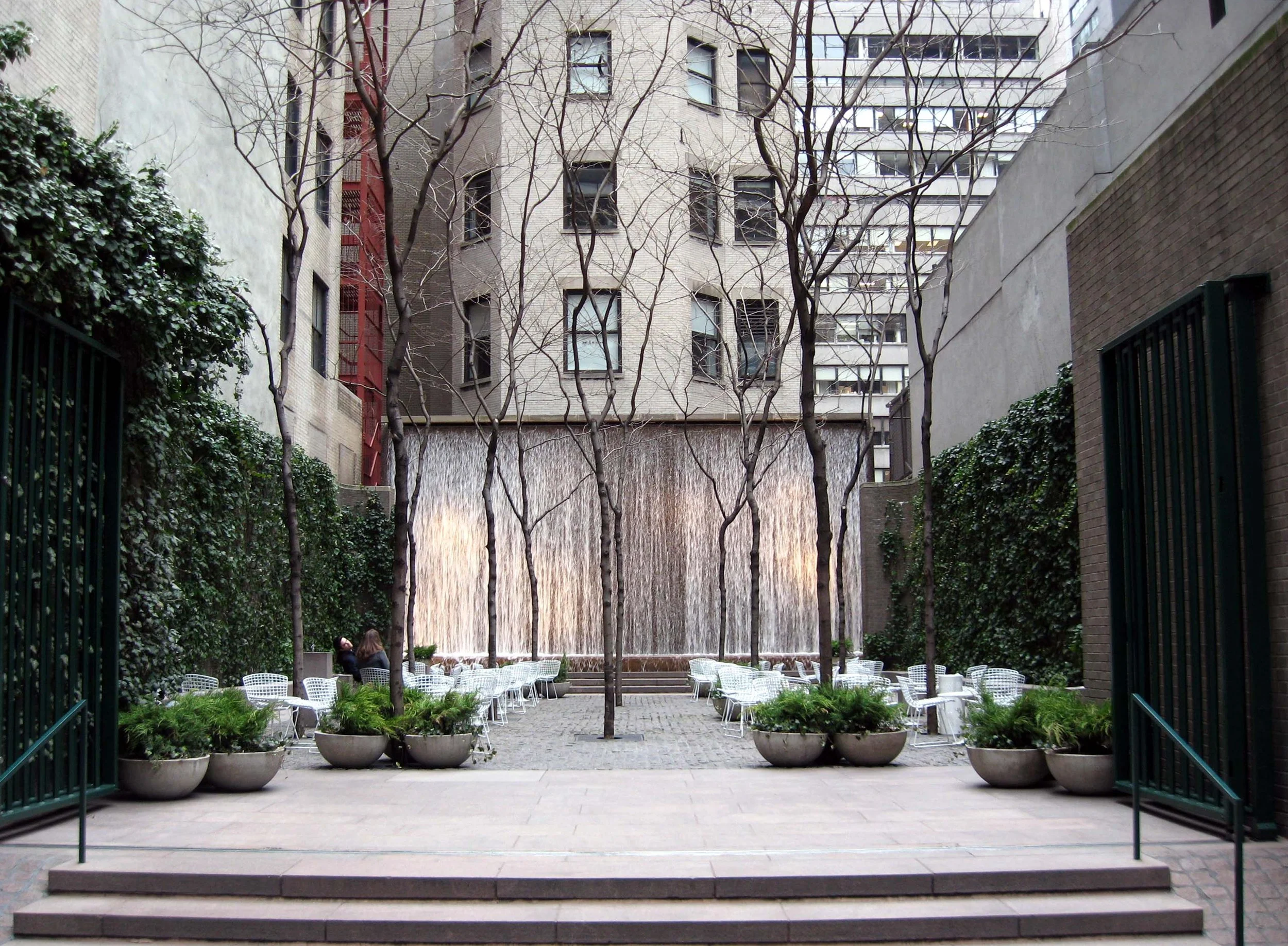The Stork Club
Throughout New York City's history, few clubs can claim the level of fame attributed to The Stork Club.
Part of what I love about New York City is that it has so many ‘ghosts’ throughout its streets. For many years I worked in an office building in midtown and often ate my lunch in a small park across the street called Paley Park. It was years before I discovered that the park used to be the site of the once famous Stork Club!
Sherman Billingsley - Photo: Wikicommons
The Stork Club was first opened in 1929 on 132 West 58th Street by an ex-bootlegger from Oklahmona named Sherman Billingsley. He had moved to New York City to start new and escape some of the trouble he had gotten himself into in Oklahoma.
As it turns out The Stork Club would get propelled into fame through a bit of luck and of course… marketing. One day Heywood Broun, a newspaper columnist, accidentally entered The Stork Club when he got the address mixed up with a funeral home. He became a regular and started inviting his celebrity friends and it was only a matter of time before The Stork Club became one of the most popular night spots in New York City.
Reporter Walter Winchell - Photo: NYPL Digital Archive
In 1930 one of Billingsley’s friends recommended The Stork Club to her friend, the New York Daily Mirror columnist Walter Winchell. He also fell in love with the Club and became a regular. In a September 30 article in his New York Daily Mirror column, Winchell described the Club as “New York’s New Yorkiest place”. Of course, the place blew up with any and all New Yorkers trying to get in.
In 1931 Prohibition agents raided and shut down the Stork Club. It reopened on East 51st Street and was soon shut down again!
The Stork Club at it's final home, 3 East 53rd Street - Photo: NYPL Digital Archives
Finally, Billingsley had some luck with his 4th and final location, 3 East 53rd Street, where his club would operate until 1965. The building was known as the Physicians and Surgeons Building and the medical tenants were far from pleased about The Stork Club moving in. Eventually, Billingsley purchased the entire seven-story building ($300,000 cash) and evicted the doctors to expand the club!
Lana Turner, Stephen Crane and Frank Sinatra (1944) - Photo: NYPL Digital Archives
In the 1930s and 1940s The Stork Club was the place to see and be seen. Celebrities (like Frank Sinatra) were regulars. Billingsly was a natural businessman and realized this, so he eliminated live entertainment and instead focused that portion of the budget on high end gifts for regular customers. If you were a reporter or photographer covering The Stork Club Billingsley made sure all of their food and drink were on the house. It’s safe to say good press probably equated to the club's consistent success and popularity.
The Reagans - Photo: NYPL Digital Archive
The Hemingways - Photo: NYPL Digital Archive
Marilyn and Joey D - Photo: NYPL Digital Archive
A young JFK - Photo: Harper Collins
The Stork Club’s decline started in the late 1950’s due to Billingsley’s stance on the unionization of his staff. He was firmly opposed and many of the staff started leaving to work at other clubs who had the protection of the unions. As a result there were picket lines in front of the club and slowly his relationships with New York’s elite fell apart. Financially distraught from trying to keep the club going he sold the building CBS in 1965. They, in turn, demolished it and built a park dedicated to their founder WIlliam S. Paley.
The picket line in front of The Stork Club - Photo: WikiCommons
Paley Park - Photo: WikiCommons
So the next time you're strolling through midtown and need a place to relax while you have a coffee, visit Paley Park and imagine the endless list of celebrities who walked the grounds.
